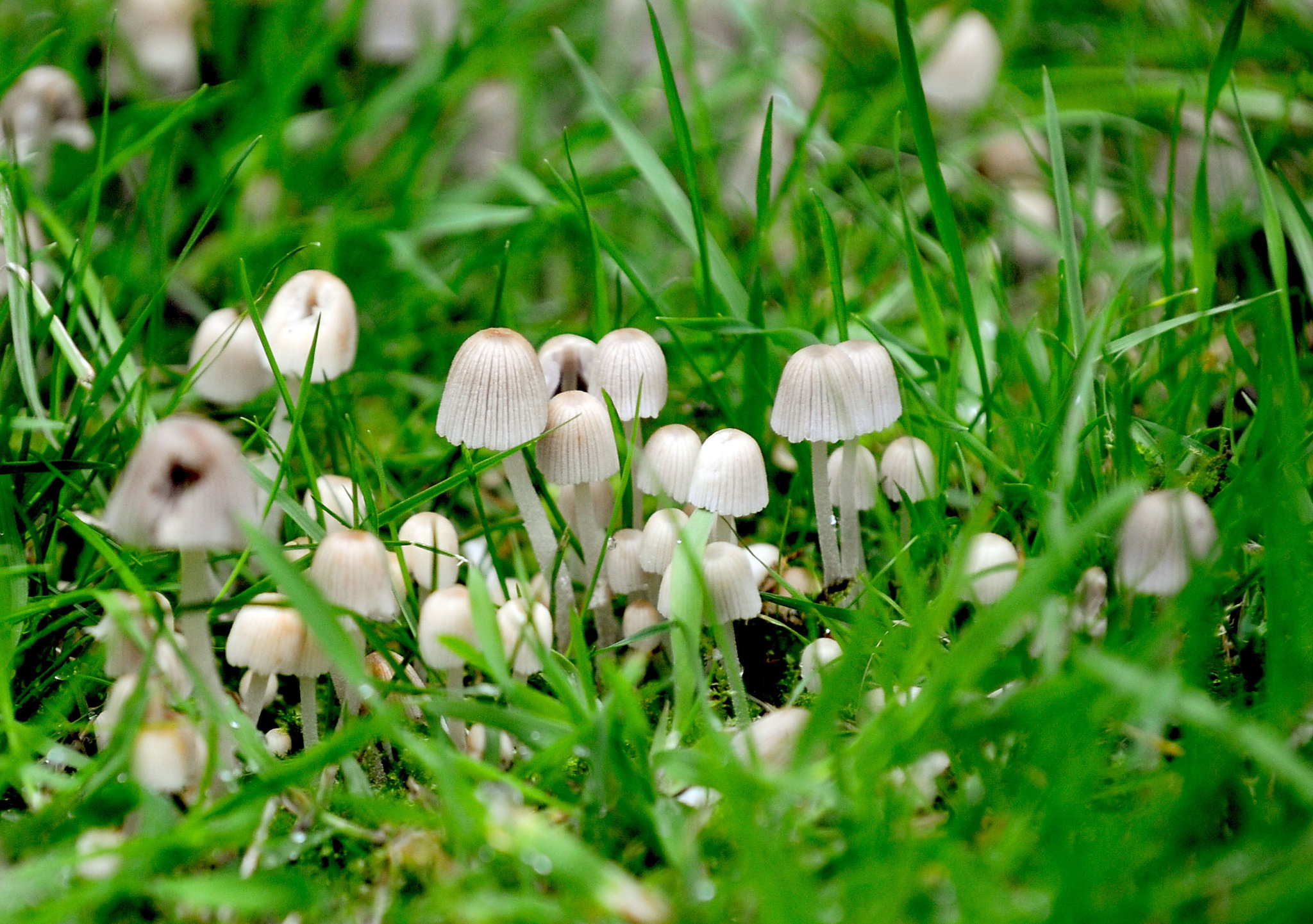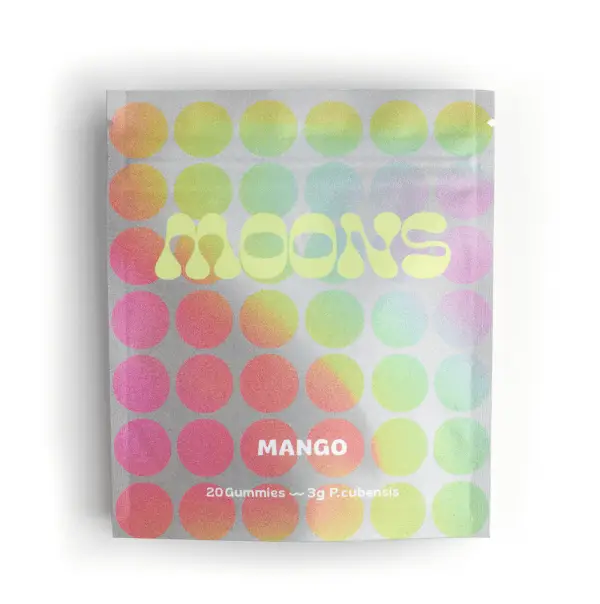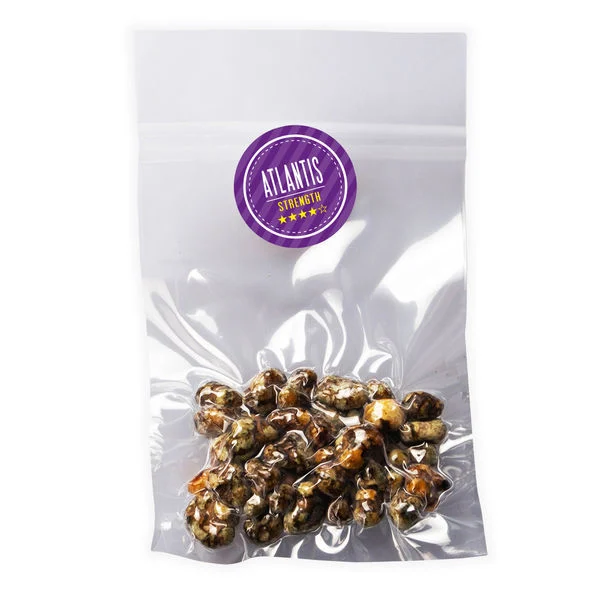Pictures Of Magic Mushrooms, Magic mushrooms, known scientifically as psilocybin mushrooms, have captivated human curiosity for centuries due to their psychoactive properties. In recent years, interest has grown not only in their effects but also in their fascinating appearances. From vibrant colors to unusual shapes, pictures of magic mushrooms provide a glimpse into a mysterious world of natural psychedelia.
What Are Magic Mushrooms?
Magic mushrooms are a group of fungi that contain psilocybin, a naturally occurring hallucinogen. When ingested, psilocybin is converted into psilocin in the body, producing altered perceptions, visual and auditory hallucinations, and shifts in consciousness. Over 180 species of mushrooms worldwide are known to contain psilocybin or psilocin.
Common Types of Magic Mushrooms (With Pictures)
- Psilocybe cubensis
- Appearance: Medium-sized mushrooms with golden-brown caps and white stems. The caps often have a nipple-like protrusion in the center.
- Habitat: Common in subtropical climates, especially in Latin America, Southeast Asia, and southern U.S.
- Pictures of Psilocybe cubensis reveal their distinctive caramel-colored tops and blue bruising when touched.
- Psilocybe semilanceata (Liberty Caps)
- Appearance: Slender with pointed, conical caps. Typically tan to yellowish-brown.
- Habitat: Found in grassy meadows and pastures, especially in Europe and North America.
- Pictures of Liberty Caps highlight their unique “witch’s hat” shape and thin stems.
- Psilocybe azurescens
- Appearance: Larger and more potent than most, with a chestnut-brown cap and a thick, white stem that bruises blue.
- Habitat: Found in the Pacific Northwest, often along coastal woodlands and sandy soil.
- Photos often emphasize the rich color contrast and dense growth clusters.
- Psilocybe cyanescens (Wavy Caps)
- Appearance: Noted for their wavy-edged caps and blue bruising.
- Habitat: Often found in mulch-rich gardens or wood chips, especially in temperate climates.
- Pictures of magic mushrooms like this one show clusters with elegantly curved caps and vibrant tones.
Why Pictures of Magic Mushrooms Matter
Studying pictures of magic mushrooms helps enthusiasts, researchers, and foragers identify species correctly. Misidentification can be dangerous, as some toxic mushrooms resemble psilocybin varieties. Visual guides contribute to safer practices and deeper understanding.
Additionally, artistic and scientific communities are drawn to the aesthetic value of these mushrooms. Their shapes, colors, and natural settings offer rich inspiration for photography, art, and education.
Legal and Ethical Considerations
While pictures of magic mushrooms are legal to view and share in most countries, collecting or consuming them can be illegal, depending on local laws. Always research and follow regulations in your area before engaging in any foraging or use.
Conclusion
Whether you are a mycology enthusiast or simply curious, exploring pictures of magic mushrooms reveals a stunning side of nature that blends biology and mystery. From the golden domes of Psilocybe cubensis to the delicate points of Liberty Caps, each photo tells a story of the hidden world beneath our feet. As interest in psychedelic therapy grows, so does the appreciation for these unique fungi—not only for their effects but also for their natural beauty.
You Might Also Like These:





